According to practically all analysts, one of the biggest innovations of this year's generation of iPhones is the transition from the Lightning port to USB-C. What can we say that Apple will take this step largely under pressure from the European Union, i.e. the USA, India and other countries that are preparing regulations regarding a unified charging standard, in short, it will be a change and a really big one. In one breath, however, it should be added that every coin has two sides, and the transition to USB-C does not necessarily mean in the case of iPhones that their owners will improve in every way - for example, in speed.
It could be interest you
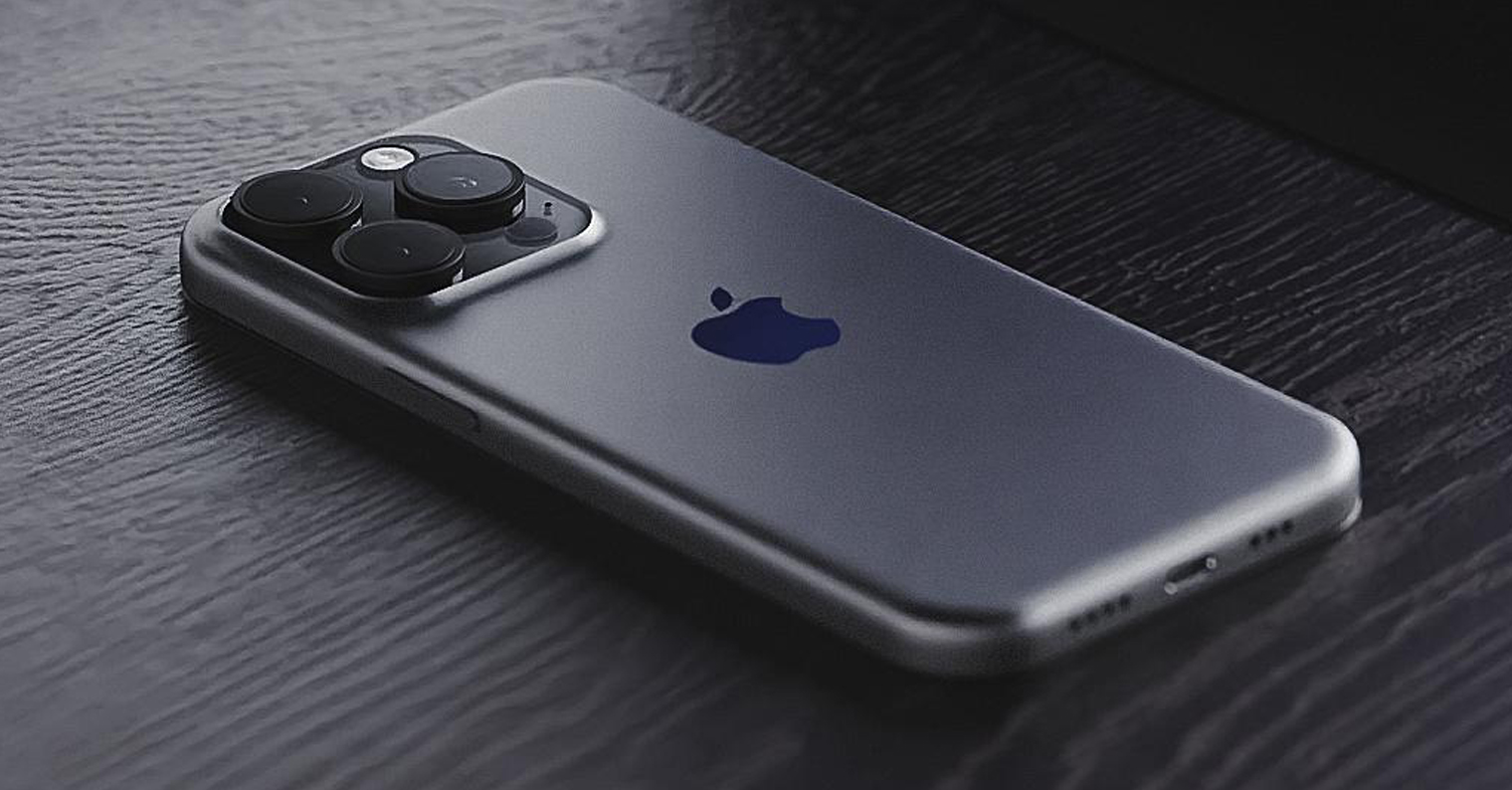
When Apple started switching to USB-C from Lightning on iPads in the past, it made many users very happy, not only because it suddenly made it possible to charge tablets with MacBook chargers, but also because they could finally be used much more like classic computers. This is because there are a lot more USB-C accessories, and USB-C as such is usually significantly faster than Lightning in terms of transfer speeds. However, the word "usually" is very important in the previous lines. After the transition to USB-C for the iPad Pro, Air and mini, last year we also saw the transition of the basic iPad, which showed Apple users that even USB-C is not a guarantee of speed. Apple "built" it on the USB 2.0 standard, which limits it to a transfer speed of 480 Mb/s, while other iPads "released" the speed up to 40 Gb/s, which corresponds to Thunderbolt. This difference in speeds showed perfectly that Apple is not afraid of throttling, which unfortunately probably "hurts" iPhones as well.
It is not just USB-C on the iPhone 15 (Pro), which has been widely discussed in the Apple fan world recently. It is, among other things, his effort to differentiate the basic iPhone 15 from the iPhone 15 Pro as much as possible, so that the higher series sells even better than it does now. Paradoxically, there was not such a striking difference between the basic iPhones and the Pro series in previous years, which, according to many analysts, could have had a relatively significant impact on their sales. The Californian giant should therefore have concluded that more differences need to be made, but given that it has already exhausted a considerable number of options (for example, camera, frame material, processor and RAM or display), it has no choice but to reach into other "hardware corners" . And since one can hardly imagine, for example, a speed-limited WiFI or 5G connection, or other key aspects for a smartphone, there is no other way than to focus on USB-C speed. As a result, it is quite similar in nature to cameras or displays in the sense that it will work without any problem in the basic version, but if demanding users want to "squeeze" more out of it, they will simply have to pay extra for a higher standard. In short and well, USB-C in two speed versions for the iPhone 15 and 15 Pro is to some extent a logical outcome of another effort to distance the two model series, but mainly a step that can be described as expected without any exaggeration.
 Flying around the world with Apple
Flying around the world with Apple 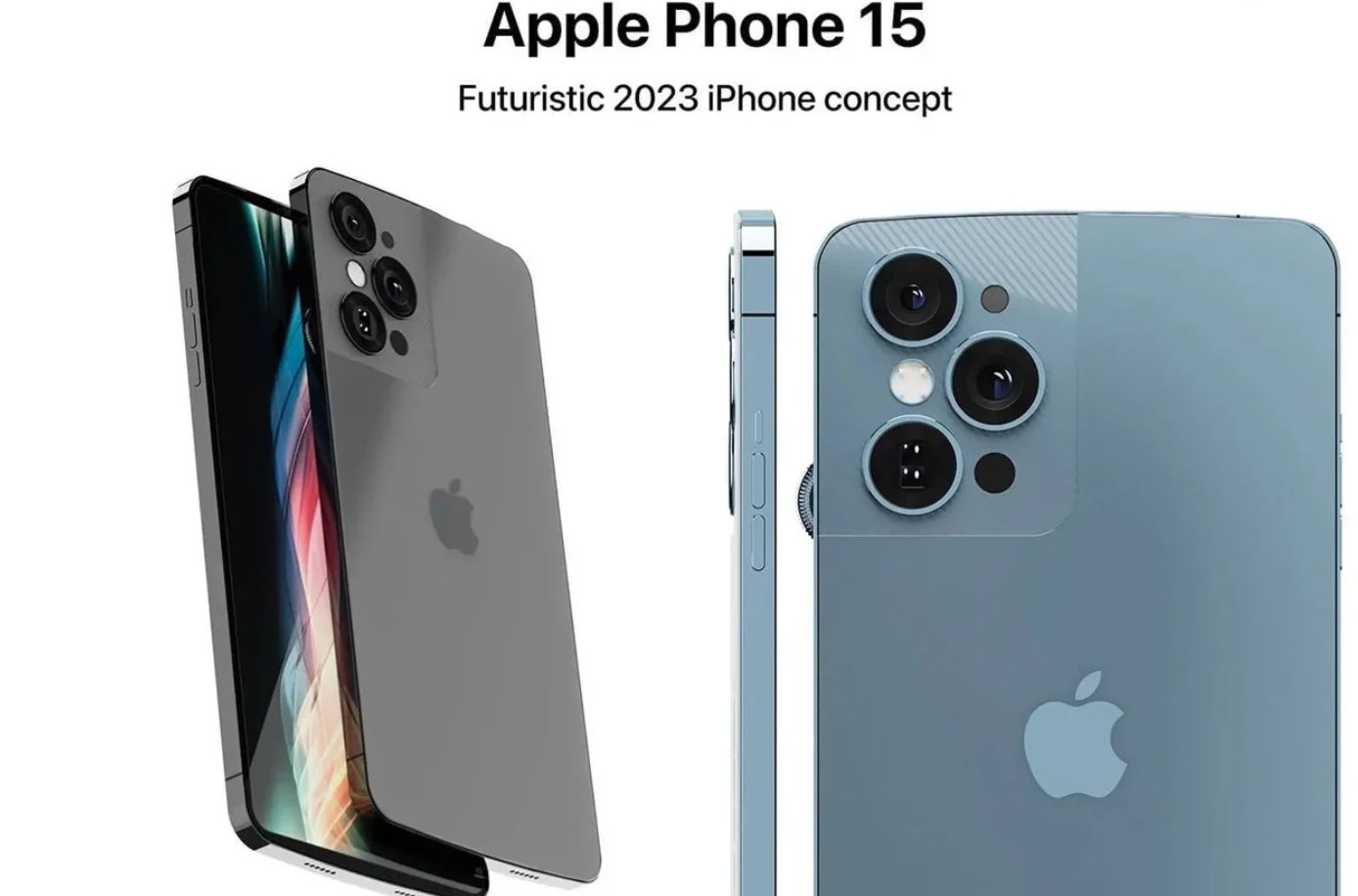

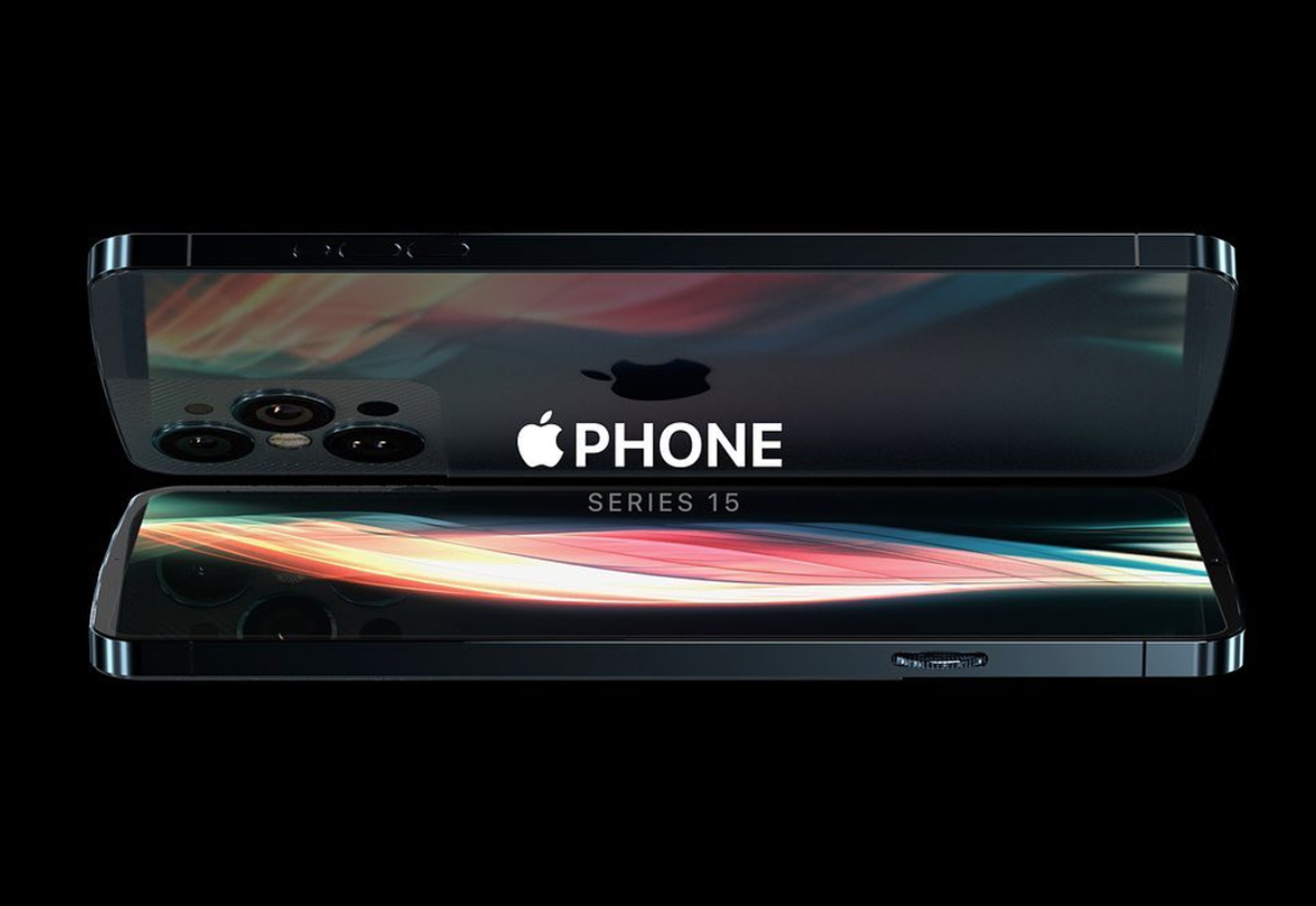
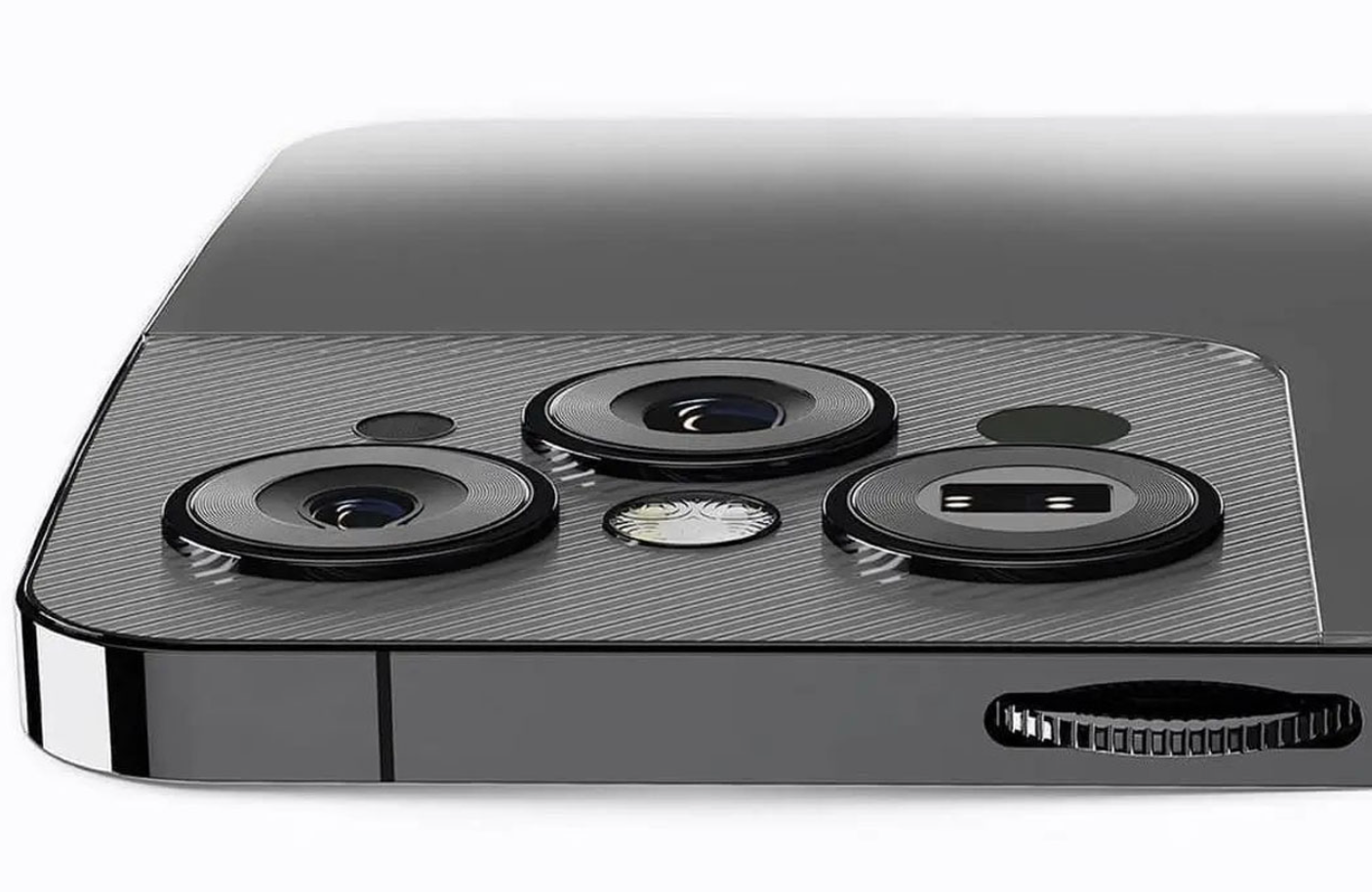
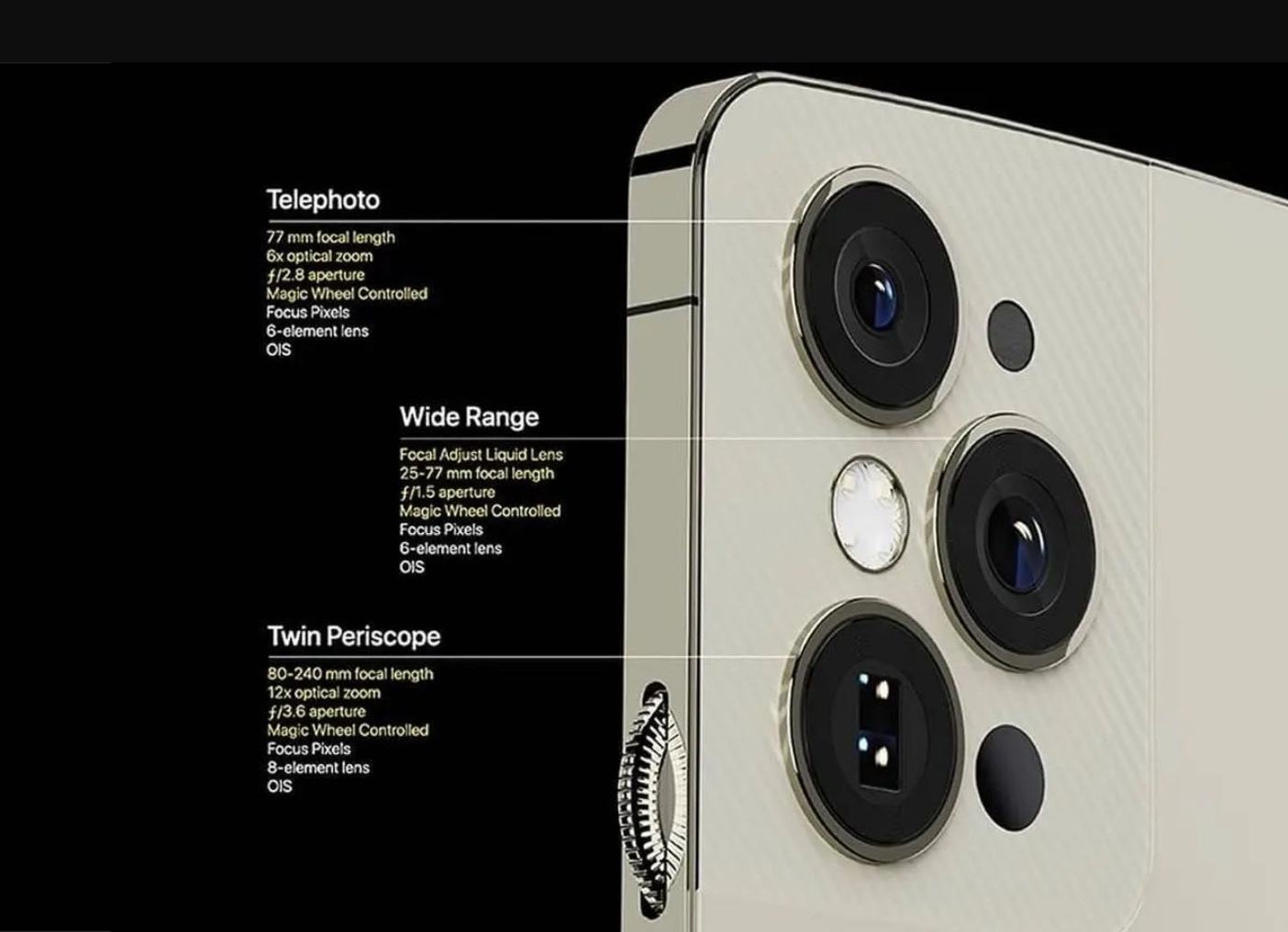
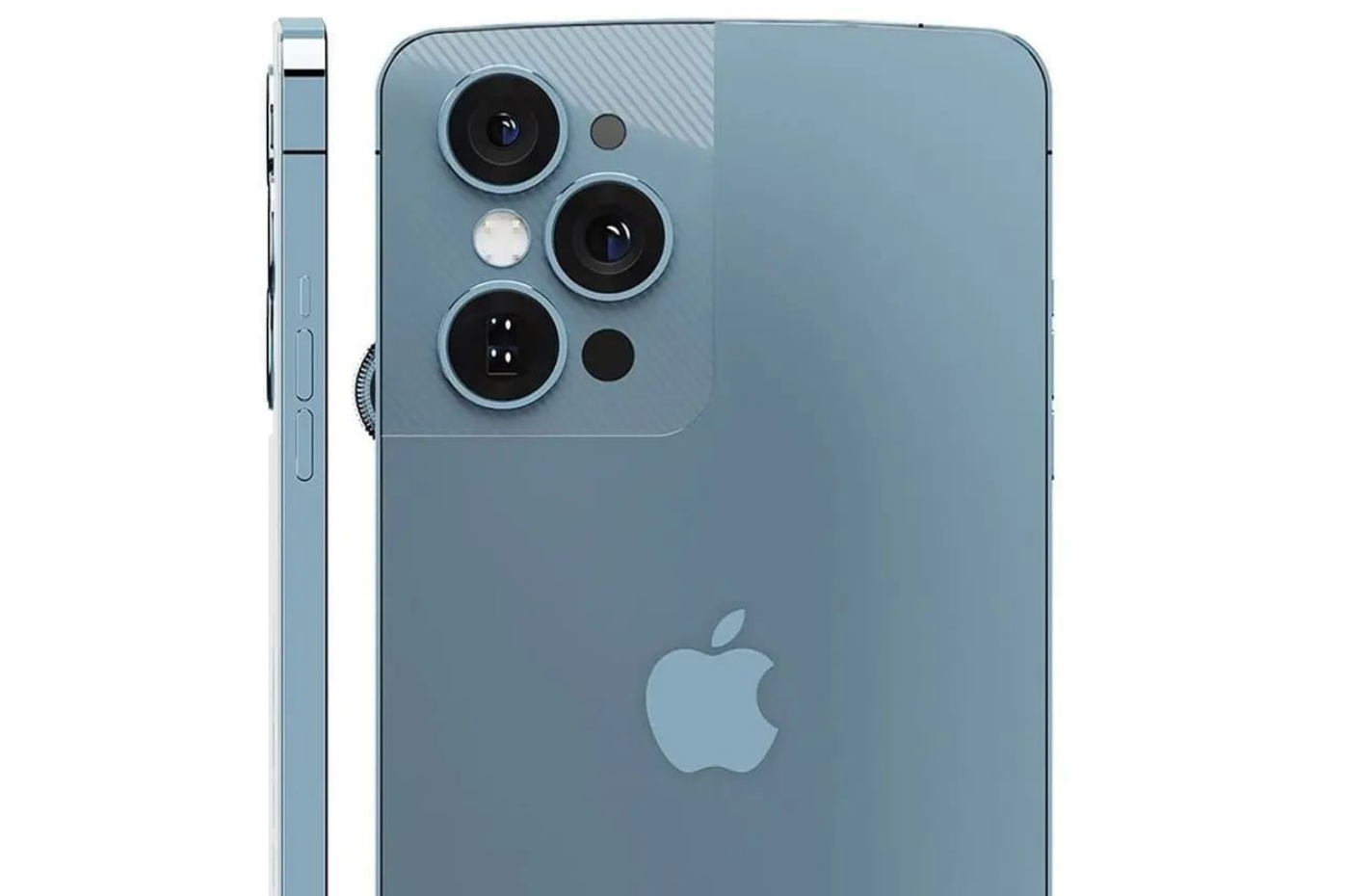
Coco*ism of the first degree. After all, Apple will have to pay extra for the USB 2.0 (non)standard in 2023 :D USB 3.2 is already standard even at €140 (CZK 3000) NTB... SHAME!!!
Test or leave a comment
He passed. Even if it will be a truncated USB C, it will be USB C!!! Yesterday, I barely reached 1% battery when I was traveling across Europe like every 3 weeks. Tickets, schedules, cards, etc. in mobile! And why at 1%? Because I forgot the Lightning and USB B to C adapter at home, my iPad pro has a USB C charger, a C camera, C Bose hearing aids! So defenders of obsolete junk give me the address.. when the iPhone has C.. I will send you all the lightning cables to straighten them between the shelves
: D: D: D
Well, you're a freak... has the world run out of cables?
At a time when practically everything is USB-C, Lightning is really a joke. There is no need to have a 40Gb Thunderbold in your phone, but a "classic" USB-C 3.1 with a speed of 10Gb would be quite enough. However, for versions Thunderbold could have, because the 4K RAW video is huge and the transfer to external storage would be much faster. What I would give if it was possible to choose whether to buy an iPad Pro with iPadOS or have a version with MacOS, in the era of M2 CPU and 16GB RAM I would not need a PC, I would just connect the phone with a USB-C cable and have a full-fledged workplace. Even just one USB-C port would be enough for me! However, it is clear to me that we will probably never get this "luxury".
Never with Apple, otherwise there's Samsung, it's had it for years!
And years before Samsung, mobile Windows (Continuum) had it😊
Samsung has years of mac OS? :D
I don't miss the Mac at all with the iPad Pro with the M1, but of course it depends on the use.
I have to say that even though I am a long-time user of apple (os aqua), I have to say that I am slowly and surely running out of patience with apple...now I took the S22 ultra from work for a test and not bad..:-) including the connection with win..so I ask myself if I should still support apple..:)
;-) nothing like os aqua existed, you're mixing apples and pears :D
But for most apps, it's "just" Samsung.
But for most apps, it's "just" Samsung.
In the last year, after a long resistance, I switched to apple (3 home phones, macbook air and mac mini). Like fine, nice, reliable, more expensive, even if it can't do more than android and windows. But if the guys are not eaten, after the end of their useful life I will just as easily go elsewhere (for example, I would like a google pixel with grapheneOS...)
I, on the other hand, switched from Galaxy S21 (previously S8, Note 4, Note 3) to iPhone 13 Pro and... everything works great. I mainly use wireless charging. Cable is somewhere very low in priorities for me. The Samsung is okay, it takes great pictures, but I guess I was unlucky with hardware errors. GMS module failure, non-functional GPS, etc. Another thing: battery life is halved, heating is 5 times greater... and so on, well.
lightning is a shame, it is mechanically unbreakable.
Lightning may be unbreakable, but their cables snap when bent, even if you just look at them stupidly. It's a fact that we also fight for a charger at home, whether wireless or wired, all USB-C and my wife and I have work phones from Apple, so I usually charge from my second phone (Vivo x80 Pro) via reverse charging. ☺️
I miss the time like with the 5S, for example, when you could only choose the color and the memory and even if it was more expensive, you had the feeling that you had the best for the money and you were not limited in any way (within Apple). The feeling of uniqueness somehow disappears... even though I myself know that I wouldn't want a mobile phone other than an iPhone and I'm upgrading my watch and mac again :D :D